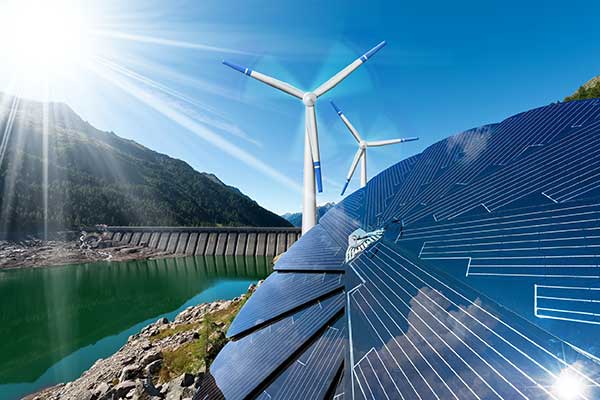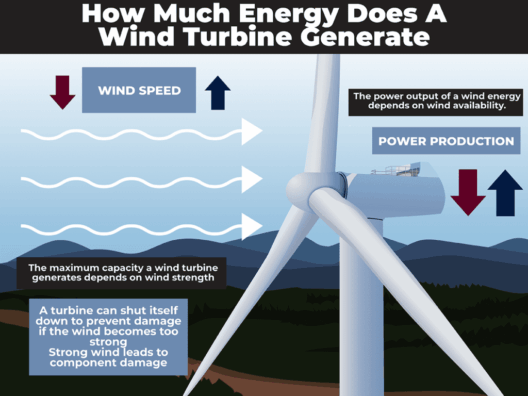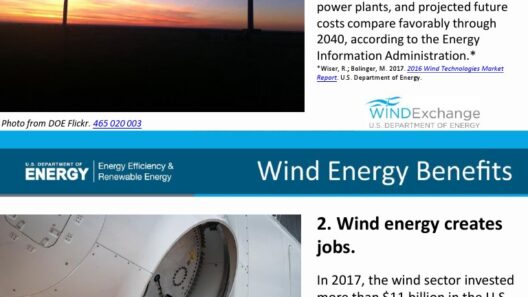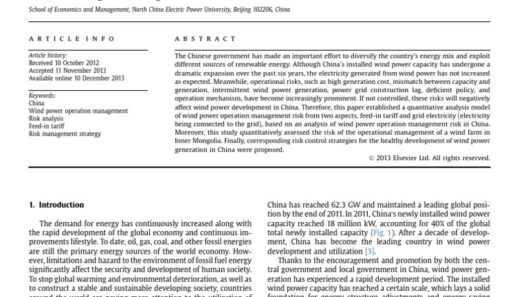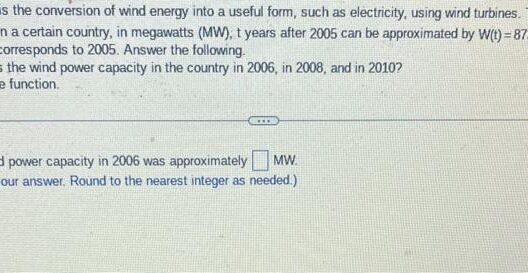In the vast tapestry of energy sources that sustain our modern existence, wind energy emerges as a vibrant thread, weaving through the landscape of sustainability with grace and potency. The question of whether wind energy is renewable or nonrenewable transcends mere semantics; it delves deep into the nature of our planet, our resources, and our ethical responsibility toward future generations. As we explore wind’s place in the renewable energy arena, we find ourselves amidst a whirlwind of facts, myths, and the ever-evolving narrative of energy production.
Understanding the fundamentals of wind energy is essential to grasp its significance in the modern power grid. Harnessed from the natural movement of air, wind energy embodies the essence of renewal. It is the very breath of the planet—fuelled by the sun’s heat, Earth’s rotation, and atmospheric dynamics, which create currents that can be captured to generate electricity. In stark contrast to fossil fuels, which are finite and release greenhouse gases upon combustion, wind energy offers an exhilarating glimpse into a future powered by nature’s inexhaustible forces.
Intriguingly, the wind cannot be owned or depleted. It flows freely across the globe, defying human attempts to contain it, much like the flowing river that carves its path through solid rock. This eternal quality endorses wind energy as a renewable source, one that does not diminish with use. Thus, when we ask if wind energy is renewable, the answer is not just a categorical ‘yes’; it is a resounding affirmation of nature’s ability to regenerate itself.
As we turn our gaze toward the mechanics of wind energy, it is essential to explore wind turbines—those towering sentinels that have become emblematic of the modern renewable energy panorama. These majestic structures harness kinetic energy, transforming it into mechanical energy through the rotation of their blades. Consequently, this mechanical energy is converted into electricity, a seamless dance of energy transformation. The efficiency of this process is remarkable, yet it is vital to understand that the implementation of wind farms comes with its own set of intricacies and considerations.
One must deliberate on the environmental implications of placing these turbines in various ecosystems. While wind energy is lauded for its low emissions and minimal resource use once operational, the production, installation, and maintenance of wind turbines can be resource-intensive. The materials used—steel, concrete, rare earth metals—must be mined and processed, engendering a debate about the lifecycle impact of these energy giants. Hence, while strictly speaking, wind energy remains renewable, the peripherals surrounding its implementation invite critical scrutiny. It is here that we must ensure that the quest for renewable energy does not override the ecological sanctity of the very environments we seek to protect.
Another significant aspect of wind energy’s renewable status relates to the concept of sustainability—an ideal often evoked in discussions about energy sources. Sustainability envelops the capacity for energy resources to meet current demands without compromising future availability. Wind energy, when harnessed responsibly, exemplifies this ideal. Its cyclical nature—seasonal wind patterns and predictable gusts—allows for a degree of reliability that solar and other emerging technologies may still be grappling with. Yet, the sporadic nature of wind does necessitate complementary strategies involving energy storage systems and a diversified mix of renewable sources to ensure stability during calm periods.
As we venture further into the renewable energy landscape, it is poignant to consider the role of wind energy in combating climate change. The repercussions of human activity have set off an unprecedented cycle of environmental degradation. By replacing fossil fuel reliance with wind energy, we can significantly reduce carbon footprints and mitigate the anthropogenic effects ravaging our planet. On a macro scale, the integration of wind energy into national grids propels us toward energy independence, fostering resilience against geopolitical disruptions associated with oil and gas supply chains.
The societal embrace of wind energy speaks to a broader shift in consciousness. The iconic silhouette of wind turbines against picturesque backdrops stands as a powerful icon of the renewable revolution—a testament to human ingenuity and environmental stewardship. Communities are increasingly recognizing the intrinsic value of investing in clean energy solutions, not just for economic growth but for the cultural legacy we leave behind. The transition from fossil fuels to wind and other renewable sources reflects an evolution in values, where ecological balance is prioritized alongside technological advancement.
In closing, wind energy is unequivocally a renewable resource, serving as a beacon of hope in our collective endeavors to achieve a sustainable future. Yet, this inevitable transition entails careful consideration of its environmental ramifications and a commitment to practice holistic sustainability. Each gust of wind holds the potential to propel us into a cleaner, brighter future—an unrefined treasure chest of possibilities that waits patiently for humanity to realize its profound virtues. As we stand at the crossroads of energy opportunity, let us harness the winds of change with wisdom and honor, ensuring that the next generations inherit a planet in harmony with the principles of renewal.



